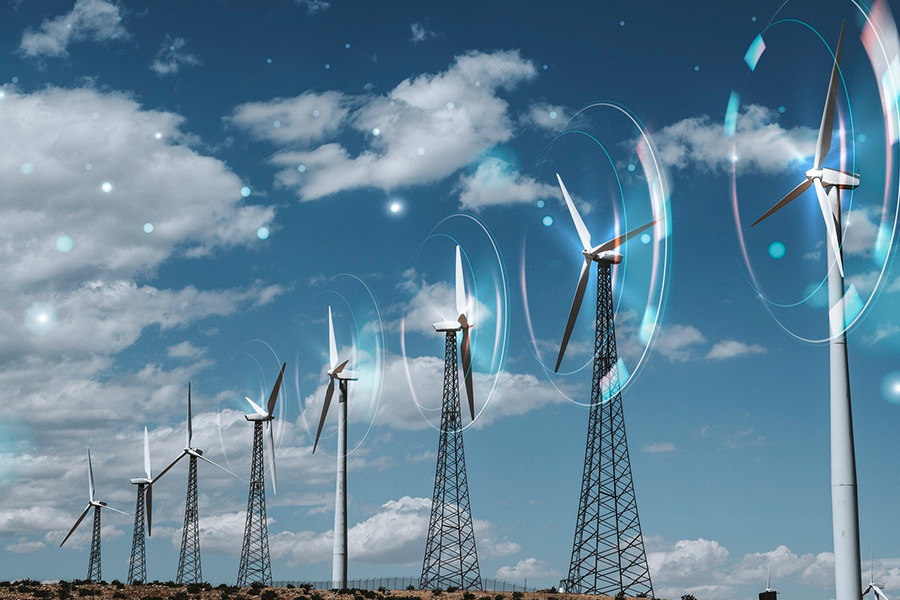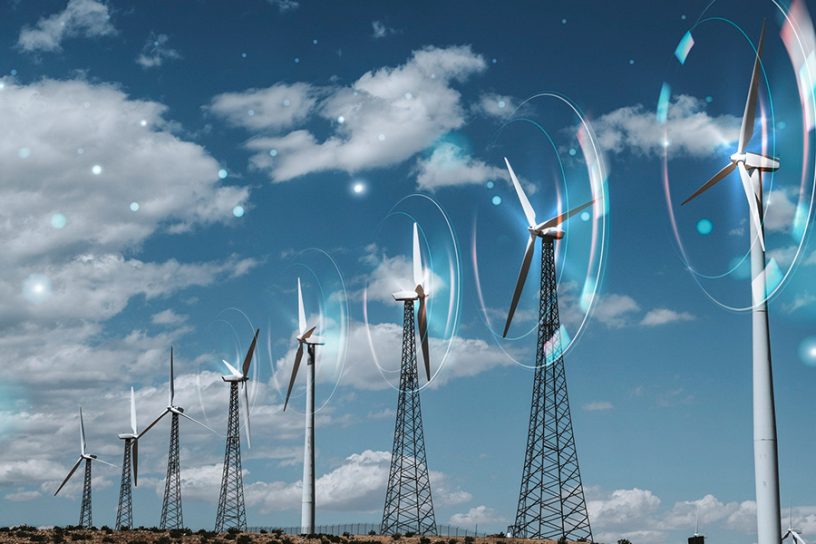
In this article, the author focuses on the current status and challenges of different waste to energy technologies used in Europe, US, China, Japan and India.
Author
Harsh Vardhan Bhati, Assistant Professor, Jindal Global Law School, O.P. Jindal Global University, Sonipat, Haryana, India.
Summary
Rapid urbanisation and industrialisation have led to a huge increase in the generation of municipal solid waste (MSW) across the globe. The world’s cities generate about 1.3 billion tons of solid waste per year and this is expected to increase to 2.2 billion tons by 2025. The most common method of waste management adopted by cities is to dispose of MSW in open dumps and oversaturated landfills.
The improper management of MSW has become a threat to public and environmental health. However, this waste can also be perceived as an opportunity and a source of energy through Waste to Energy (WtE) technology. WtE technologies are used to produce various by-products like electricity, heat, biofuels and compost. In developed nations, it is primarily the non-organic elements of MSW that are used in WtE incineration.
Developing nations are also investing heavily in WtE incineration, irrespective of the fact that their MSW consists primarily of biodegradables. The existing WtE incineration plants in India and China are not only causing heavy pollution but also posing a serious threat to the environment and human health.
In this article, the author focuses on the current status and challenges of different WtE technologies used in Europe, US, China, Japan and India. Furthermore, the author recommends that waste incineration should not be treated as a source of renewable energy and suggests anaerobic digestion methods (biomethanation) as a solution for countries with more biodegradable waste.
Published in: Environmental Policy and Law
To read the full article, please click here.


